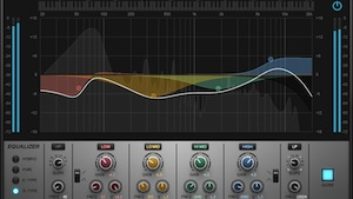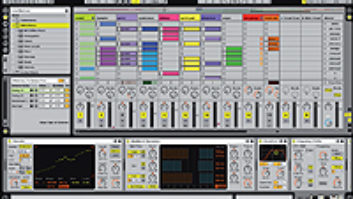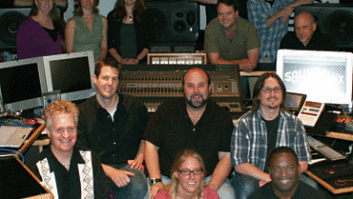

A few months ago, I wrote a Mix “New York Metro” column about the Manhattan Producers Alliance (www.manhattanproducersalliance.com), a cooperative whose members announced an “OS X Project” to track down and fix their most-hated Mac OS X bugaboos. After months of what they sometimes refer to as “torture,” they have two great pieces of news: OS X is actually excellent for pro audio and the group is sharing everything they discovered along the way.
“People asked, ‘Did it work?’ but that’s not the question,” says MPA founder Joe Carroll. “In the end, some of the OS X issues were trivial, but finding the information was torture — stuff that appeared deep in manuals or update documents that only the most persistent of computer geeks bother to read. The answers are always findable, but couldn’t they make it easier?”
“The way this group of composers tag-teamed their way through the software interactivity issues was great,” adds MPA composer Wade Tonken. “We’re also open to people with questions or who want to add to the database of knowledge on our Website with fixes that they’ve found.” The following are some problems and solutions discovered in the course of the OS X Project.
Manhattan Producers Alliance’s Joe Carroll (L) and Wade Tonken
WHERE’S MY SOFTWARE PATH?
Carroll spent long hours trying to get MOTU’s MachFive sampler to open as a plug-in in a newly upgraded version of Digital Performer. “I followed the procedure in the MachFive manual but couldn’t get it to work,” he says. “Then, MOTU tech support told me that virtual instruments now get plugged into an ‘instrument track.’ It turns out that this is explained in a ‘read me’ file, but you will only see that if you sequentially update every version of Digital Performer; in which case, you will find it in the support material for Version 4.12.” Carroll eventually located relevant information in the Digital Performer 4.5 manual — on page 815.
PLUGGING IN THE PLUG-INS
“The Waves plug-ins menu surprise is a perfect example of the highs and lows experienced when switching to OS X,” says MPA composer Kevin Joy. “After upgrading, your plug-ins open up your OS 9 job in OS X and — voila! — the plug-ins are all plugged in. Uh, oh! Of course, the settings aren’t there because the settings are now stored in a new place. What’s the answer? Go back to OS 9 and open every job. Save each plug-in setting into a folder on the desktop. Go back to OS X and put those in the right place. Open the job in OS X, and go to each plug-in and pull down the correct saved setting.”
PARTITION? DUAL-BOOT? SEPARATE DRIVES?
Conflicting information on where to install OS X abounds. One drive for OS 9 and one for OS X? Separate partitions on one drive? Two separate drives? “It’s typical for our user to keep a small system partition in OS 9 for backup,” Tonken notes. “You can make a disc image of your system at a moment when it all works and your authorizations are in place. Should you crash or if your system corrupts, you can return to the ‘all okay’ state in minutes by replacing your current system with the disc image. OS X is very large, and reworking your existing computer to accommodate a 4-Gig system partition takes a lot of time. I tried using Carbon Copy to move things around, but I must have done something wrong, because when I was done, nothing worked.
“Having OS 9 and OS X on the same drive is also debatable, because each system seems to push around the other,” Tonken continues. “Rebuilding the desktop each time you move to OS 9 is definitely recommended, but what does that rebuild do to OS X? Many users have experienced being stuck in OS 9 and not being able to get back to OS X without re-installing. For us, the debate is over: We definitely want OS X on a separate drive!”
TDM/MIXPLUS AND OS X
“The single-most entrenched OS 9 group are people with a serious TDM rig,” says Carroll, “because the cash and pain suffered to get to that same level of efficiency on OS X is extraordinary. We’re still puzzling that one out.”
There are other problems and solutions covered on MPA’s Website. At this point, the pioneering group has tackled its most serious OS 9/X issues, and is looking forward to working on a Logic pilot program for the upcoming XServe, a G5 rack-central server with extremely high bandwidth to support much more powerful real-time sample streaming. And, happily, they do dig OS X. “OS X is an excellent platform for audio,” Carroll concludes. “This OS almost never crashes, and restart or startup is extremely fast. Increased productivity and ease of connectivity are obvious. I don’t hesitate to network to another OS X computer in the studio to retrieve some files while someone is on that computer recording because they never even know I was there. Try doing that in OS 9!”

To read more about using OS X in audio applications, click here.





